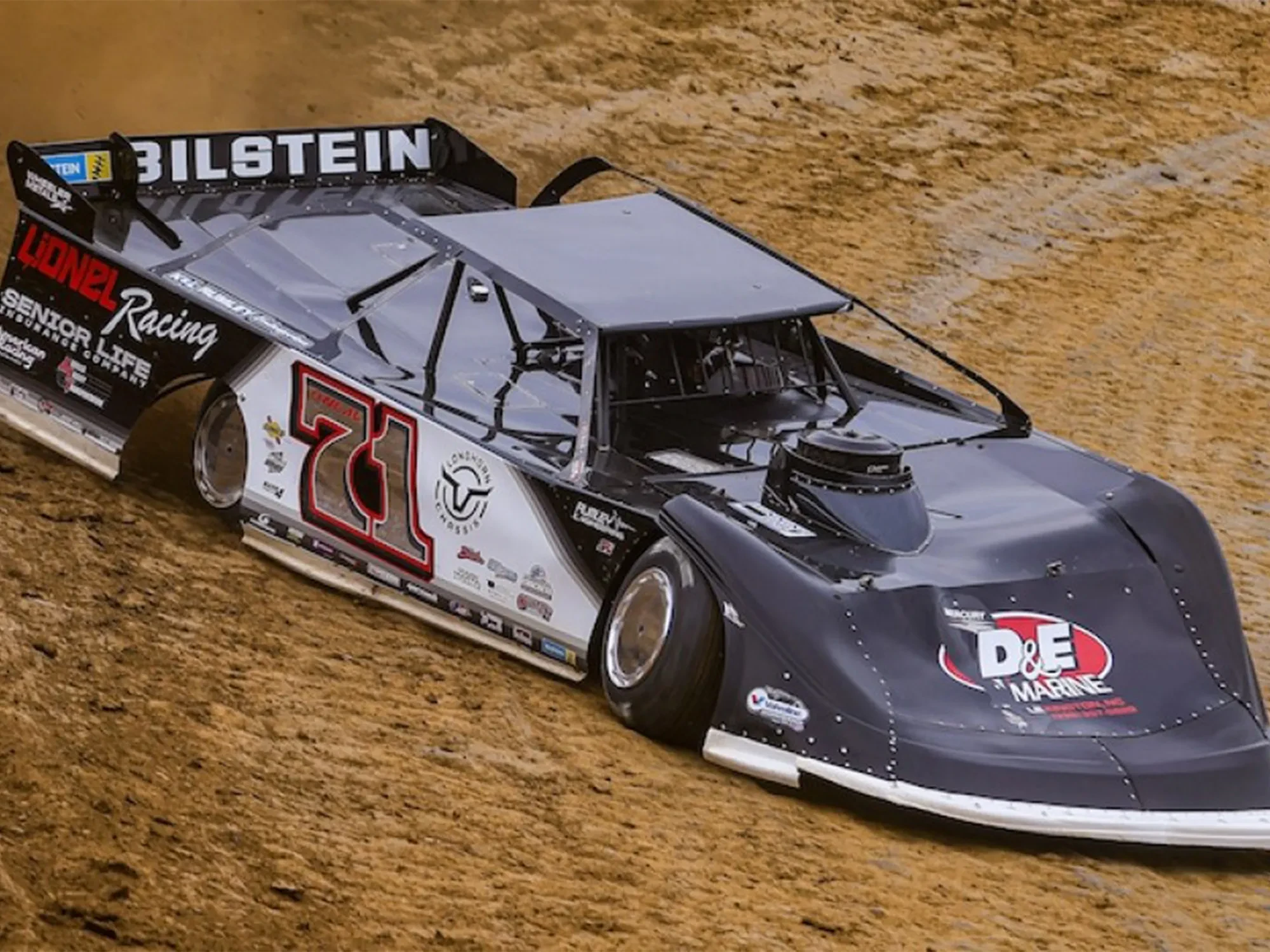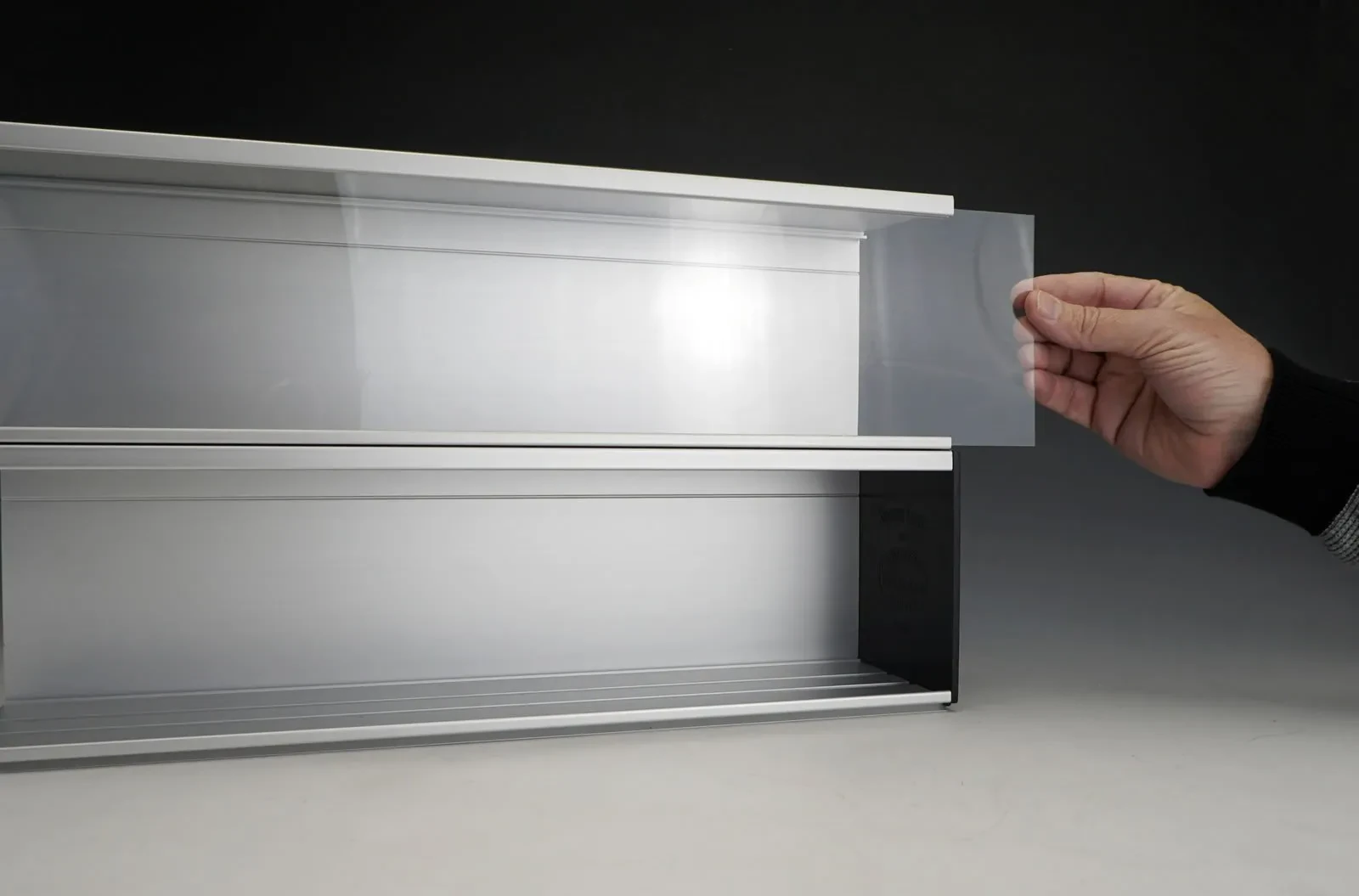Alright, so you’re thinking about diving into the world of NASCAR diecast collecting? Awesome! It’s a fun hobby, but can be a little overwhelming at first. There’s a ton of different cars, drivers, manufacturers, and things to keep in mind. This guide will walk you through the basics, so you can start your collection off right!

What’s the deal with scales, anyway?
The scale of a diecast car refers to its size relative to the actual race car. The most common scales you’ll see are 1/24 and 1/64. What does that mean? Well, a 1/24 scale car is 1/24th the size of the real car, while a 1/64 scale car is 1/64th the size.
1/24 scale cars are larger, more detailed, and generally more expensive. They’re great for displaying and really showing off the intricate details of the race car. 1/64 scale cars are smaller, more affordable, and easier to collect in large quantities. They’re perfect for creating a miniature race track or displaying a wide range of drivers and teams.
There are other scales out there too, like 1/18 (even bigger and more detailed!) and some smaller novelty scales, but 1/24 and 1/64 are where most collectors focus their attention.

Who makes these little speed demons?
Lionel Racing is the big name in NASCAR diecast these days. They have the official license to produce diecast cars of current drivers and teams. They offer a wide range of cars in both 1/24 and 1/64 scale, with different levels of detail and collectibility.
Before Lionel, companies like Action Performance and Racing Champions were major players. You can still find plenty of their older diecasts at flea markets, online auctions, and collector shows. These older cars can be a great way to build a collection of classic paint schemes and retired drivers.
Keep an eye out for special releases and limited edition cars. These often feature unique paint schemes, commemorate special events, or have autographs. They tend to be more valuable and sought after by collectors.

Understanding Diecast Features
Diecast cars are available in various levels of detail and features, affecting their price and collectibility. Here are a few key things to look for:
- Opening Hood and Trunk: Higher-end 1/24 scale cars often have opening hoods and trunks, revealing detailed engine and chassis components.
- Detailed Interior: Look for realistic dashboards, seats, and roll cages.
- Diecast Chassis: A diecast chassis adds weight and realism to the car.
- Rubber Tires: Rubber tires are more realistic than plastic tires and offer better grip.
- Authentic Paint Schemes: The paint scheme should accurately replicate the real race car, including sponsor logos and driver numbers.
The more details a diecast has, the more expensive and desirable it generally is. However, simpler, less detailed cars can still be fun to collect and display.
What makes a diecast valuable?
Ah, the million-dollar question! Diecast car value is based on several factors, much like any other collectible. Scarcity is a big one. If a car was produced in a limited quantity, it’s likely to be worth more. Demand also plays a huge role. Cars featuring popular drivers or commemorating significant events will often be more sought after.
Condition is critical. A diecast car in mint condition, still in its original packaging, will always be worth more than one that’s been played with or damaged. Autographed cars can also command a premium, especially if the autograph is authenticated.
Rarity can also stem from errors. Sometimes a diecast car is released with a noticeable mistake in the paint scheme or design. These errors, while unintentional, can make the car more valuable to collectors who enjoy unique and unusual items.
Keep in mind that the diecast market can fluctuate. What’s popular today might not be as popular tomorrow. It’s best to collect what you enjoy, regardless of its potential value.
Taking care of your collection
Once you start building your collection, you’ll want to keep your diecast cars in good condition. Here are a few tips:
- Store your cars in a cool, dry place away from direct sunlight. Sunlight can fade the paint over time.
- Consider using display cases or shelves to protect your cars from dust and accidental damage.
- Handle your cars carefully. Avoid dropping them or scratching the paint.
- If you need to clean your cars, use a soft, dry cloth. Avoid using harsh chemicals or abrasive cleaners.
- Keep the original packaging if possible. It can add to the value of the car.

Where to find these miniature machines?
You can find NASCAR diecast cars in a variety of places. Online retailers like the official NASCAR store and other diecast specialty shops are great options. eBay is a good place to find both new and used cars, but be sure to do your research and buy from reputable sellers.
Check your local hobby shops and toy stores. They may have a selection of diecast cars, especially around race season. Flea markets and collector shows can also be treasure troves for finding older and rarer diecasts.
Don’t forget about directly at the track! Many vendors at NASCAR races sell diecast cars, often including track-exclusive releases.
Diecast Collecting in 2024: What’s Hot?
In 2024, keep an eye out for diecasts featuring the Next Gen cars. These cars represent a significant change in NASCAR design and technology, making their diecast counterparts highly desirable. Also, rookie drivers and their inaugural paint schemes tend to be popular.
Throwback paint schemes are always a hit with collectors, especially those that commemorate classic moments in NASCAR history. Pay attention to special edition diecasts released for major races or milestones.
Ultimately, the best way to enjoy diecast collecting is to focus on what you love. Collect the drivers you admire, the paint schemes you find appealing, and the cars that bring you joy. Happy collecting!
